Ready for your best school year yet? Here's your back-to-school supplies list for 2025: laptop or tablet, backpack, notebooks and folders, writing tools, pencil case, basic tools, water bottle and snacks, headphones, personal care kit, and organizational supplies. With essentials like these, you create your own student survival kit.
Studies show students with must-have supplies feel more confident, join class discussions, and focus better. Check out how schools are changing:
|
Statistic Description |
Percentage/Value |
|---|---|
|
Students choosing hybrid learning environment |
Up to 82% |
|
K-12 students using online platforms daily |
76% |
|
School districts using mixed in-person/online |
80% |
You need a student survival guide that fits your learning style—whether you're in college, high school, or switching between books and screens. Make your school supplies list your own must-have items for success.
1. Laptop or Table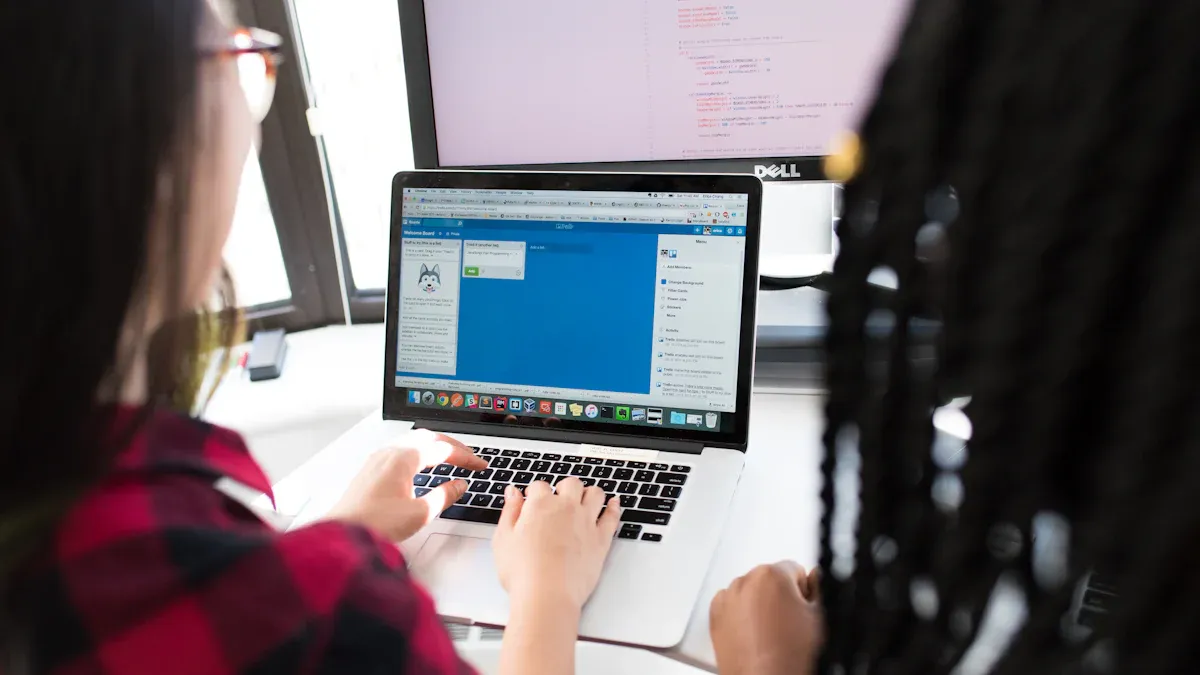
Device Selection
Choosing the right laptop or tablet can make a big difference in your school year. You want a device that keeps up with your classes, projects, and all your digital school supplies. Most students in 2025 pick laptops because they handle more tasks and last longer during the day. Tablets work well for reading or drawing, but laptops are better for writing papers, joining video calls, and running school apps.
Check out this table of the most popular laptops among students this year:
|
Laptop Model |
Key Features |
Popularity Reason |
|---|---|---|
|
Apple MacBook Air (M4, 2025) |
Lightweight, 18 hr battery, M4 chip, 13.3" Retina display |
Portability, long battery, smooth macOS |
|
LG Gram 17 (2025) |
17" display, lightweight, 20 hr battery |
Large screen, easy to carry, great battery |
|
Samsung Galaxy Book Pro 360 (2025) |
2-in-1, 13.3" AMOLED, 14 hr battery |
Versatile, touchscreen, strong multitasking |
|
Lenovo ThinkPad X1 Carbon Gen 13 |
Durable, 14" display, 20 hr battery |
Tough build, comfy keyboard, long battery |
|
Dell XPS 13 (2025) |
High-quality display, Intel Core Ultra 7 |
Premium build, sharp display, strong for school work |
|
Asus ZenBook 14 (2025) |
14" OLED, Intel Core Ultra, 16 hr battery |
Good balance of power, size, and display |
|
HP Envy x360 (2025) |
2-in-1, touchscreen, Intel Core Ultra |
Flexible for creative projects and multitasking |
When you pick your device, think about what you need for your classes and how you use your other supplies. Do you need a big screen for art or a light laptop for carrying between school and home?
Tech Tips
You want your laptop or tablet to last all year. Look for these minimum specs to make sure your device can handle your school supplies and apps:
|
Component |
PC Minimum Spec |
Mac Minimum Spec |
|---|---|---|
|
Processor |
Intel Core Ultra 5 (Series 1+) |
Apple M3 or better |
|
Memory |
16 GB or better |
16 GB or better |
|
Storage |
256 GB SSD |
256 GB SSD |
|
OS |
Windows 11 |
macOS 15 Sequoia |
|
Webcam & Mic |
Required |
Required |
|
Headset |
Recommended |
Recommended |
|
Battery Life |
6-8 hours minimum |
6-8 hours minimum |
Tip: Always check if your school offers discounts on tech supplies. Many schools have deals for students, so you can save money on your main device.
Keep your device charged, update your software, and back up your files. These simple steps help you avoid tech troubles and keep your school supplies safe all year.
2. Backpack
A good backpack can make your school day much easier. You carry your supplies everywhere, so you want something that feels great and lasts all year. Let's break down what to look for.
Comfort
You spend hours with your backpack on your shoulders. Comfort matters! Here's what you should check for:
-
Padded, ergonomic shoulder straps – These help keep your shoulders from hurting.
-
Breathable, cushioned back panel – This supports your back and keeps you cool.
-
Lightweight design – You don't want your backpack to add extra weight to your supplies.
-
Adjustable straps – Make sure you can fit the backpack to your body.
-
Hip and chest belts – These help spread the weight and keep the load close to your spine.
-
Organizational compartments – Separate spaces for your laptop, notebooks, and other supplies help balance the load.
Tip: Try to keep your backpack's weight under 10% of your body weight. This helps prevent back pain and keeps you feeling good all day.
A backpack with these features can help you avoid discomfort, fatigue, and bad posture. You'll feel ready for anything at school.
Durability
You want a backpack that can handle your busy life. Look for these signs of a quality backpack:
-
Strong materials like TPU or ROHS-compliant PVC last longer and protect your supplies from rain and spills.
-
Reinforced stress points and triple-layer mesh keep your backpack from tearing.
-
Double-wrapped straps and edge binding add extra strength.
-
Stitch line reinforcement stops rips before they start.
-
Tested straps that can hold heavy loads mean your backpack won't fail you.
A quality backpack keeps your supplies safe and organized, even when you toss it in your locker or carry it to after-school activities. Choose one that matches your style and needs, and you'll be set for a successful year.
3. Notebooks & Folders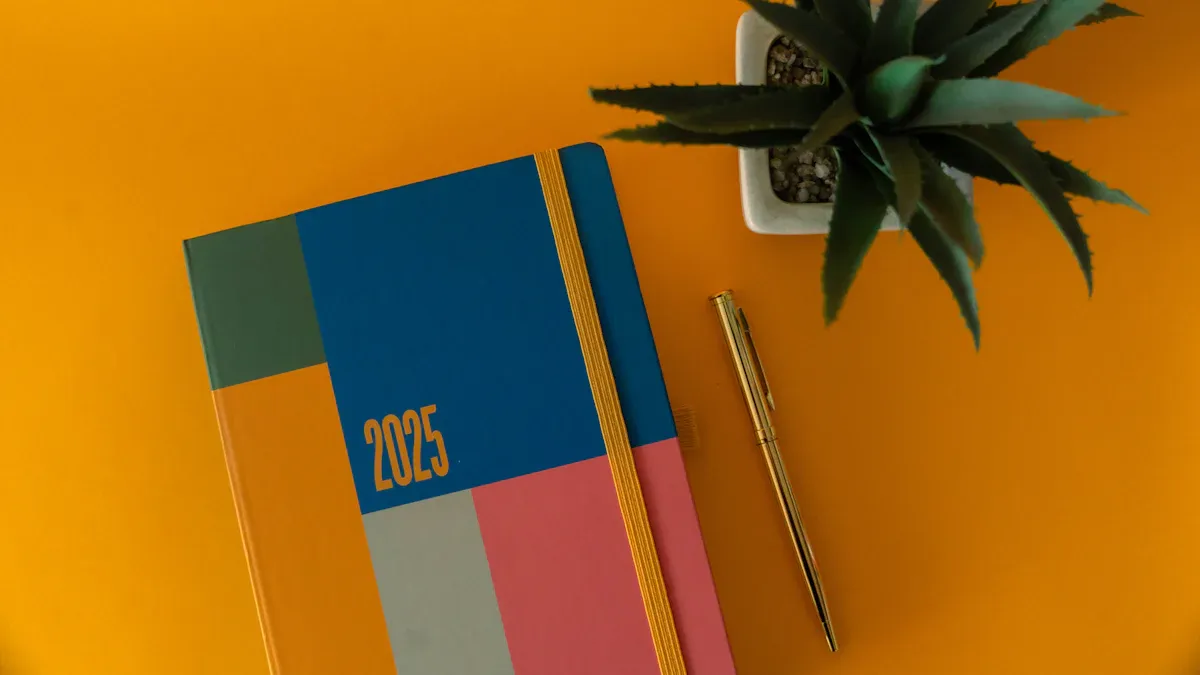
Organization
You need a smart way to keep your school supplies in order. Notebooks and folders help you track your work, find your notes, and never lose an assignment. Here are some easy ways to stay organized:
-
Use color-coordinated folders and notebooks for each subject. You can spot your math or science books in seconds.
-
Label your folders with "to do" and "completed" sections. This makes it simple to know what work you still need to finish.
-
Try sticky notes or colored dots to mark urgent tasks or important pages in your books.
-
Choose heavy-gauge notebook paper with reinforced holes. Your notes stay safe, even if you flip through your supplies a lot.
-
Store your notebooks in an accordion file or a plastic crate. This keeps your desk or locker neat and saves space.
Tip: Organizing your supplies helps you feel more independent and responsible. You spend less time searching for things and more time learning.
Digital vs. Paper
You have more choices than ever for taking notes at school. Should you use digital notebooks or stick with paper? Both have their perks.
-
Handwriting notes in paper notebooks helps you remember information better. You process ideas and make them your own.
-
Typing on a laptop is much faster. You can capture more from your teachers, but sometimes you just copy without thinking.
-
Digital note-taking tools with a stylus let you write by hand and still keep your notes organized on your device.
-
Some students like digital notebooks for speed and easy storage. Others prefer paper for deeper understanding.
-
No matter what you pick, review your notes often. This helps you remember what you learn in your books and supplies.
|
Note-Taking Method |
Pros |
Cons |
|---|---|---|
|
Paper Notebooks |
Better memory, less distraction |
Slower, can lose pages |
|
Digital Notebooks |
Fast, easy to organize and search |
Can distract, sometimes shallow notes |
|
Hybrid (Stylus) |
Combines best of both worlds |
Needs special device |
Remember: The best system is the one that fits your style and keeps your school supplies working for you.
4. Writing Tools
Writing tools are the heart of your school supplies. You use them every day, whether you're taking notes, highlighting key facts, or working on a big project. Let's break down what you need to succeed.
Pens & Pencils
You can never have too many pens and pencils in your backpack. Here's what you should look for:
-
Mechanical pencils: No sharpening needed, and they give you a clean line every time.
-
No. 2 pencils: Perfect for tests and filling out answer sheets.
-
Gel pens: Smooth writing and lots of color choices.
-
Ballpoint pens: Reliable and less likely to smudge.
-
Erasers: Always handy for fixing mistakes.
Tip: Keep a few extra pens and pencils in your pencil case. You never know when you or a friend will need one during school.
Many teachers also recommend digital writing tools to help with essays and reports. Tools like Pro Writing Aid and Wordtune check your grammar, style, and vocabulary. They even help you spot overused words and improve your writing. These digital supplies can make your work clearer and more interesting.
Highlighters & Markers
Highlighters and markers help you organize your notes and make important information stand out. Here's how you can use them:
-
Color-code your notes: Use different colors for main ideas, details, and vocabulary.
-
Highlight deadlines: Mark important dates in your planner or calendar.
-
Underline key points: Make sure you remember what matters most.
A set of highlighters and markers is a must-have for your school supplies list. Some students even use digital highlighters in apps like Google Docs to keep their online notes organized. These tools help you stay focused and make studying easier.
Remember: The right writing tools can boost your confidence and help you do your best work at school.
5. Electric Scooter

Getting to class on time, especially on a big campus or if you live off-campus, can be a daily challenge. An electric scooter is quickly becoming a game-changing supply for students who want a fast, fun, and eco-friendly way to navigate their school environment.
Convenience & Savings
An electric scooter can turn a stressful 15-minute power walk between classes into a breezy 5-minute ride. You'll never have to worry about missing the campus shuttle or being late for an exam again. Here's why it's a smart addition to your supplies:
-
Time-Saver: Zip from your dorm to the library or across campus in minutes.
-
Cost-Effective: Save money on gas, parking permits, and public transportation fares.
-
Eco-Friendly: Reduce your carbon footprint with a zero-emissions ride.
-
Portable: Most models are lightweight and foldable, making them easy to carry into a classroom or store in your dorm.
What to Look For
You want a scooter that is reliable, safe, and fits your daily commute. Here's a quick guide to choosing the right ride for your school needs:
Tip: Always wear a helmet! Before you buy, check your school's policies on electric scooters. Some campuses have specific rules about where you can ride and park them. Investing in a quality scooter can make your school life more convenient and a lot more fun.
6. Basic Tools
You can't call your school supplies complete without some basic tools. These small items help you finish projects, fix mistakes, and keep your work neat. Let's look at the must-haves for every student.
Scissors & Glue
You will use scissors and glue more often than you think. These tools help you cut paper, open packages, and create fun projects. Here's why you need them in your supplies:
-
Scissors: Pick a pair with a comfortable grip. Safety scissors work well for younger students. Sharp scissors help you cut clean lines for posters or crafts.
-
Glue: Choose between glue sticks and liquid glue. Glue sticks are less messy and dry fast. Liquid glue works better for bigger projects or when you need a strong hold.
Tip: Keep a small glue stick in your pencil case. You never know when you'll need it for a quick fix at school.
A table can help you decide which glue to add to your supplies:
|
Glue Type |
Best For |
Mess Level |
Drying Speed |
|---|---|---|---|
|
Glue Stick |
Paper, crafts |
Low |
Fast |
|
Liquid Glue |
Projects, repairs |
Medium |
Slow |
|
Glue Tape |
Photos, neat work |
Low |
Fast |
Ruler & Sharpener
You need a ruler and a sharpener to keep your work neat and your pencils ready. These tools might seem simple, but they make a big difference in your supplies.
-
Ruler: Use a clear or metal ruler for straight lines and measuring. A 12-inch ruler fits in most pencil cases. Some rulers even bend without breaking, which is great for your backpack.
-
Sharpener: A good sharpener keeps your pencils sharp all day. Look for one with a container to catch shavings. This keeps your desk and backpack clean.
Remember: Basic tools like these help you stay organized and ready for anything at school. Add them to your supplies list so you never get caught unprepared.
7. Water Bottle & Snacks
Staying fueled and refreshed is just as important as having the right supplies in your backpack. You can’t focus on your schoolwork if you’re thirsty or hungry. Let’s look at why a water bottle and smart snacks belong on every student’s supplies list.
Hydration
You might not realize it, but even a little dehydration can make it harder to pay attention in class. Here’s what happens when you don’t drink enough water:
-
Just a 2% drop in hydration can slow your memory and make it tough to concentrate.
-
Kids who drink water before a test do better on memory and attention tasks.
-
Hydration helps your body regulate temperature and keeps your joints moving smoothly, so you feel better all day.
-
Schools that make water easy to get see students with better moods and sharper focus.
Tip: Keep a reusable water bottle in your supplies. Fill it up before you leave for school and sip throughout the day. You’ll feel more alert and ready to learn.
A study in Mali showed that students with easy access to water had better attention and memory. You can boost your own performance just by drinking water regularly.
Energy
Snacks are more than just a treat—they’re a key part of your school supplies. The right snacks keep your energy steady and help you avoid that afternoon slump. Here are some top choices for lasting energy:
-
Veggies and hummus give you fiber and protein to stay full.
-
Clementines with beef jerky offer vitamin C and lean protein.
-
Avocado toast packs healthy fats and complex carbs for your brain.
-
Dried fruits and nuts combine natural sugars and protein for steady energy.
-
Crackers and cheese balance carbs and protein to keep you focused.
You can also try oatmeal with berries, apples with nut butter, or even a hard-boiled egg with whole-grain crackers. These snacks help you power through your school day without a sugar crash.
Remember: Add a water bottle and healthy snacks to your supplies list. You’ll feel better, think clearer, and get more out of every class.
8. Headphones
Headphones have become one of the most important supplies for students in 2025. You use them for online classes, multimedia assignments, and even quiet study time at school. Let’s look at what makes a great pair of headphones for your supplies list.
Audio Quality
You want headphones that help you focus and block out distractions. Good audio quality means you can hear your teacher clearly and catch every detail in videos or lessons. Many students use headphones with noise-reducing ear cups. These create a private space for learning, even in a busy classroom or at home.
-
Headphones improve focus by blocking background noise.
-
Built-in microphones help you join group projects or virtual classes.
-
Safe volume limiters protect your ears during long study sessions.
-
You can pause or replay audio, which helps you learn at your own pace.
Here’s a quick look at the features you should check before adding headphones to your supplies:
|
Feature |
Why It Matters |
|---|---|
|
Durability |
Handles daily use at school and home |
|
Safe Volume Limiter |
Keeps your hearing safe |
|
Built-in Microphone |
Makes online learning and calls easy |
|
Adjustable Headband |
Fits your head for long study sessions |
|
Noise Blocking |
Helps you concentrate by reducing outside sounds |
|
Assistive Tech Compatibility |
Supports students who use special learning devices |
Tip: Headphones that work with assistive technology make learning more inclusive for everyone.
Comfort
You might wear headphones for hours, so comfort is key. Look for soft ear pads and an adjustable headband. Lightweight designs help you avoid headaches or sore ears. Some headphones fold up, making them easy to carry with your other supplies.
Did you know that between 37% and 86% of students use headphones for online learning or multimedia assignments? Check out this chart to see how common headphones are in different student groups:
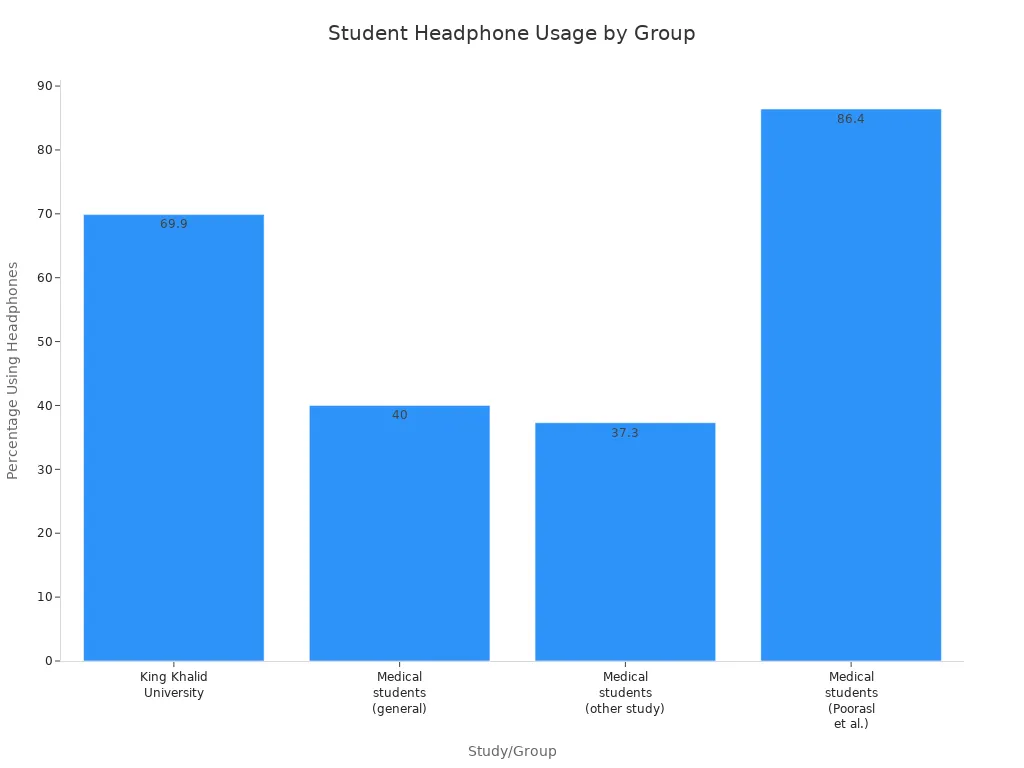
When you pick headphones for your school supplies, think about how they feel after a long day. The right pair helps you stay focused, comfortable, and ready to learn.
9. Personal Care Kit
You never know what your day at school will bring. A personal care kit helps you handle surprises and stay comfortable. This kit is one of those supplies you’ll be glad to have when you need it most.
Tissues & Hygiene
You might sneeze during class or spill something on your desk. That’s when your personal care kit comes to the rescue. Most students keep these hygiene supplies handy:
-
Tissues for runny noses or quick clean-ups
-
Hand sanitizer to keep your hands germ-free between classes
-
Disinfectant wipes for wiping down your desk or supplies
-
Roll-on deodorant for a quick refresh after gym
-
Toothpaste and a toothbrush for a clean smile all day
-
Soap or wipes for washing up after messy projects
Tip: Pack travel-sized versions of these items. They fit easily in your backpack and don’t take up much space with your other supplies.
A microfiber cleaning cloth also works great for wiping your glasses, screens, or even your phone. You’ll feel more confident and ready for anything when you know you have these essentials close by.
First Aid
Little accidents can happen anytime at school. Maybe you get a paper cut or scrape your knee during recess. A mini first-aid kit is a smart addition to your supplies. Here’s a simple list to get you started:
-
Bandages for small cuts or blisters
-
Antibacterial ointment to help wounds heal
-
Antiseptic wipes for cleaning scrapes
-
Washcloths or paper towels for quick clean-ups
-
A few extra band-aids for friends who might need them
Note: Most schools have a nurse, but having your own basic first-aid supplies means you can take care of small problems fast.
Keeping a personal care kit in your backpack shows you’re prepared for anything. It’s a small step that makes a big difference in your school day.
10. Organizational Supplies
Staying organized can make your school year much smoother. The right organizational supplies help you keep track of assignments, manage your time, and avoid last-minute stress. Let’s look at some tools that belong on every school supplies list.
Planners & Tabs
A good planner is your secret weapon for staying ahead. You can write down homework, test dates, and after-school activities. This helps you see what’s coming up and plan your week. Many students use color-coded tabs or dividers in their binders or notebooks. These tabs let you flip right to the subject or section you need. You waste less time searching and spend more time learning.
Here are some ways to use planners and tabs:
-
Write down every assignment as soon as you get it.
-
Use different colors for each subject or type of task.
-
Add tabs to your notebooks for quick access to notes and homework.
-
Check your planner every morning and night to stay on track.
Tip: Weekly checks of your planner and folders help you catch missing work before it’s too late.
You can also try digital organization tools. Create folders for each class, bookmark important sites, and clean up your files every week. This keeps your digital supplies as tidy as your backpack.
Post-it Notes
Post-it notes are small but mighty. Stick them on your desk, inside your locker, or on your planner. They remind you about deadlines, important tasks, or things to bring to school. You can use them to mark pages in your textbooks or notebooks, too.
Some students use a locker checklist made from post-it notes. Others set up a homework folder with “To Do” and “Turn In” sections. These simple tricks help you remember what’s important and keep your supplies in order.
|
Organizational Supply |
Description and Benefits |
|---|---|
|
AM/PM Binders |
Split classes, reduce clutter, easy transitions |
|
Homework Folder |
Tracks assignments, keeps work organized |
|
Locker Checklist |
Reminds you of daily tasks, builds responsibility |
|
Digital Tools |
Organize files, declutter emails, boost productivity |
Organizational supplies can cost between $316 and $1,458 per year, depending on your program and needs. Investing in these tools helps you stay prepared and confident all year.
Back to School Supplies on a Budget
Getting ready for a new school year can feel expensive, but you can save money with a few smart moves. You do not need to buy every item on the back-to-school supplies list at once. Focus on the essentials first, then add extras as you go.
Smart Shopping
You can find great deals if you know where to look. Try these tips to stretch your budget:
-
Shop early: Stores offer the best back to school sales before classes start.
-
Compare prices: Check different stores and websites for the lowest price on school supplies.
-
Use coupons and apps: Many stores have apps with special discounts on back to school supplies.
-
Buy in bulk: Team up with friends or family to buy large packs of essentials and split the cost.
-
Check for student discounts: Some stores give special deals to college students and families.
Tip: Make a list of your must-have supplies before you shop. Stick to your list so you do not overspend.
Quality vs. Price
You want your supplies to last all year, but you also want to save money. Here is how you can balance quality and price:
|
Item |
Save or Splurge? |
Why? |
|---|---|---|
|
Backpack |
Splurge |
Needs to last and protect your stuff |
|
Notebooks |
Save |
Basic ones work for most classes |
|
Laptop or Tablet |
Splurge |
Important for college and school work |
|
Pens & Pencils |
Save |
Buy in bulk for the best deal |
|
Water Bottle |
Splurge |
Durable bottles last longer |
You do not need to buy the most expensive college school supplies. Sometimes, store brands work just as well as name brands. When buying school supplies, check reviews and ask friends what lasts the longest. If you are heading to college, look for back to school bundles that include many essentials at a lower price.
Remember: The best back to school supplies are the ones that fit your needs and your budget. Shop smart, and you will start the year strong!
Student Survival Guide Tips
Personalization
Every student learns in a different way. Your student survival guide should reflect what works best for you. Start by looking at your daily routine. Do you need extra notebooks for art class? Maybe you prefer digital notes over paper. Some students like to color-code their folders, while others use apps to track assignments.
Make your student survival kit unique. Add items that help you feel prepared and confident. For example, if you play sports after school, pack deodorant and a snack. If you love drawing, keep sketch supplies in your backpack. You can even create a checklist to review your supplies each week. This habit keeps you organized and ready for anything school throws your way.
Tip: Ask your teachers about any special supplies you might need for their classes. This helps you avoid last-minute stress.
Community Sharing
You are not alone on your school journey. Many students benefit from sharing resources and working together. Community sharing programs help everyone get the supplies they need. Check out this example:
Some schools also have Family-Community Resource Centers. These centers give students and families access to supplies, healthcare, and food. They create a welcoming space where students can connect with others and get help when needed. Students who use these centers feel more supported and ready to learn.
Sharing supplies builds a stronger school community. You can organize a supply swap with classmates or donate extra items to those in need. When students help each other, everyone wins.
Your student survival guide is not just about what you carry. It is about how you support others and make school a better place for all students.
You set yourself up for a great year when you start with the right supplies. Every student has different needs, so make your own list that fits your school life. Check your supplies often and update them as you grow. Here’s what helps you stay ready:
-
Choose supplies that match your learning style.
-
Review your supplies list each month.
-
Ask for help if you need new supplies.
Stay prepared, and you’ll feel confident every day at school!
FAQ
What should I put in my college student survival kit?
You want your college student survival kit to cover basics like snacks, water, a phone charger, and personal care items. Add a notebook, pens, and a planner. These supplies help you stay ready for anything on campus.
How do I choose the best backpack for school?
Pick a backpack that feels comfortable on your shoulders. Look for strong zippers and padded straps. Make sure it fits your laptop and other supplies. If you are a college student, you might want extra pockets for tech gear.
What are the must-have kindergarten school supplies?
You need crayons, glue sticks, safety scissors, and a sturdy folder. Add a water bottle and a change of clothes. These kindergarten school supplies help you feel prepared and ready to learn every day.
Is a college survival kit different from a regular school kit?
Yes! A college survival kit usually has more tech items, snacks, and personal care products. You might also want a mini first-aid kit and a reusable water bottle. These extras help you handle busy college days.
How can I keep my supplies organized all year?
Use folders, tabs, and a planner. Label everything. Check your supplies each week. This habit keeps your backpack neat and helps you find what you need fast.






 S2
S2
 KS4 Pro
KS4 Pro
 MAX Pro
MAX Pro



 Light-Weight & Portable
Light-Weight & Portable
 Long Range
Long Range
 For Heavy Riders
For Heavy Riders
 Big Wheel
Big Wheel
 With Seat
With Seat
 Fast
Fast

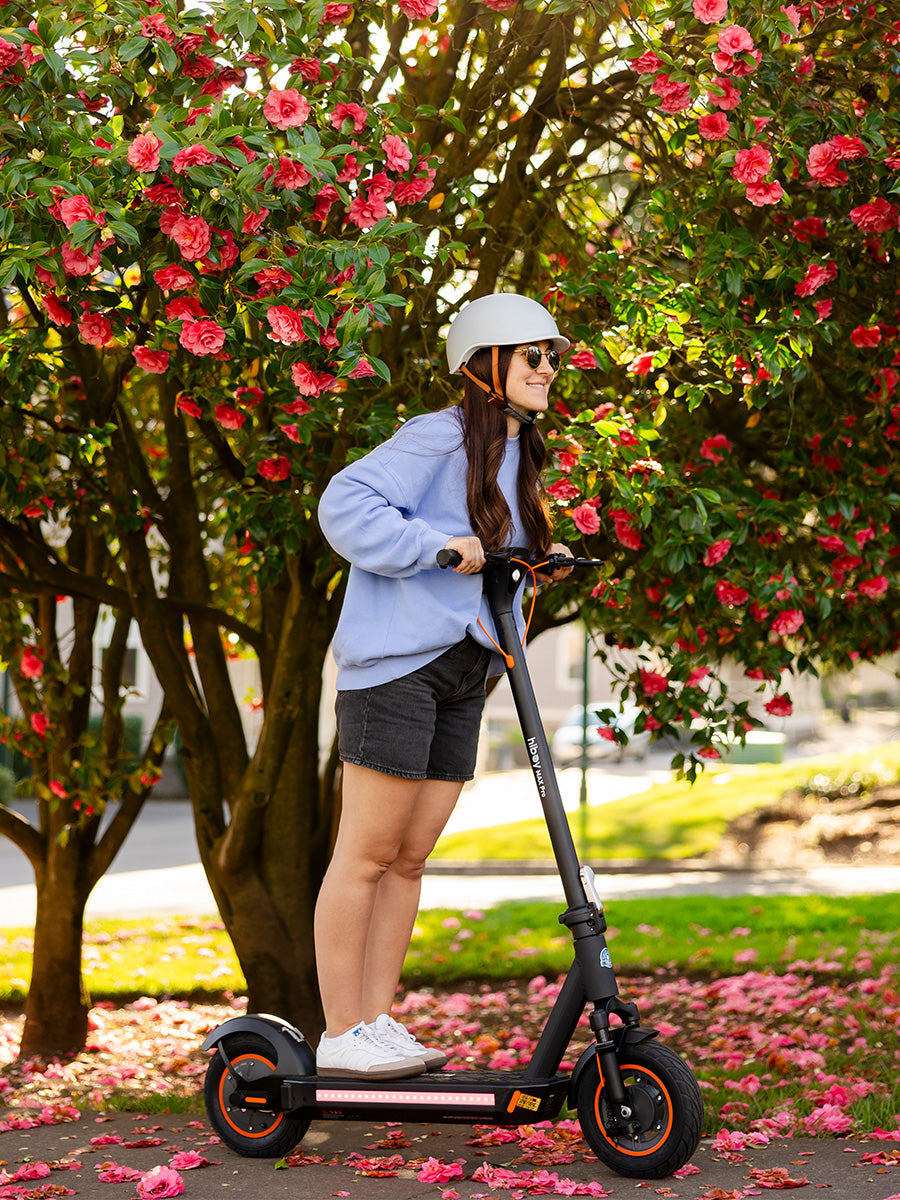


 EX6
EX6
 P6
P6
 C1
C1

 S2 Lite
S2 Lite
 DK1
DK1
 BK1
BK1

 Q2 Lite-A
Q2 Lite-A
 U2 Lite
U2 Lite
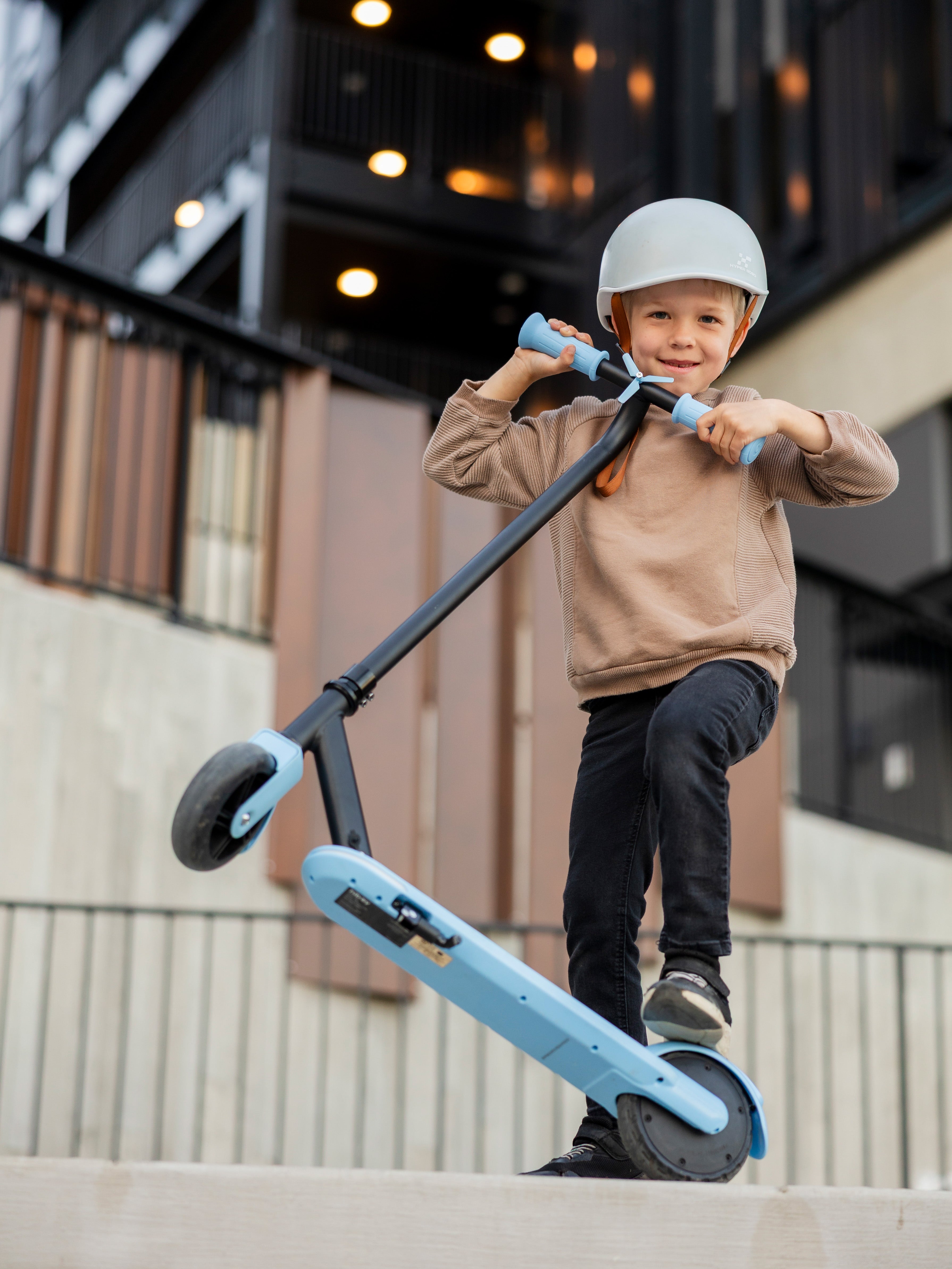
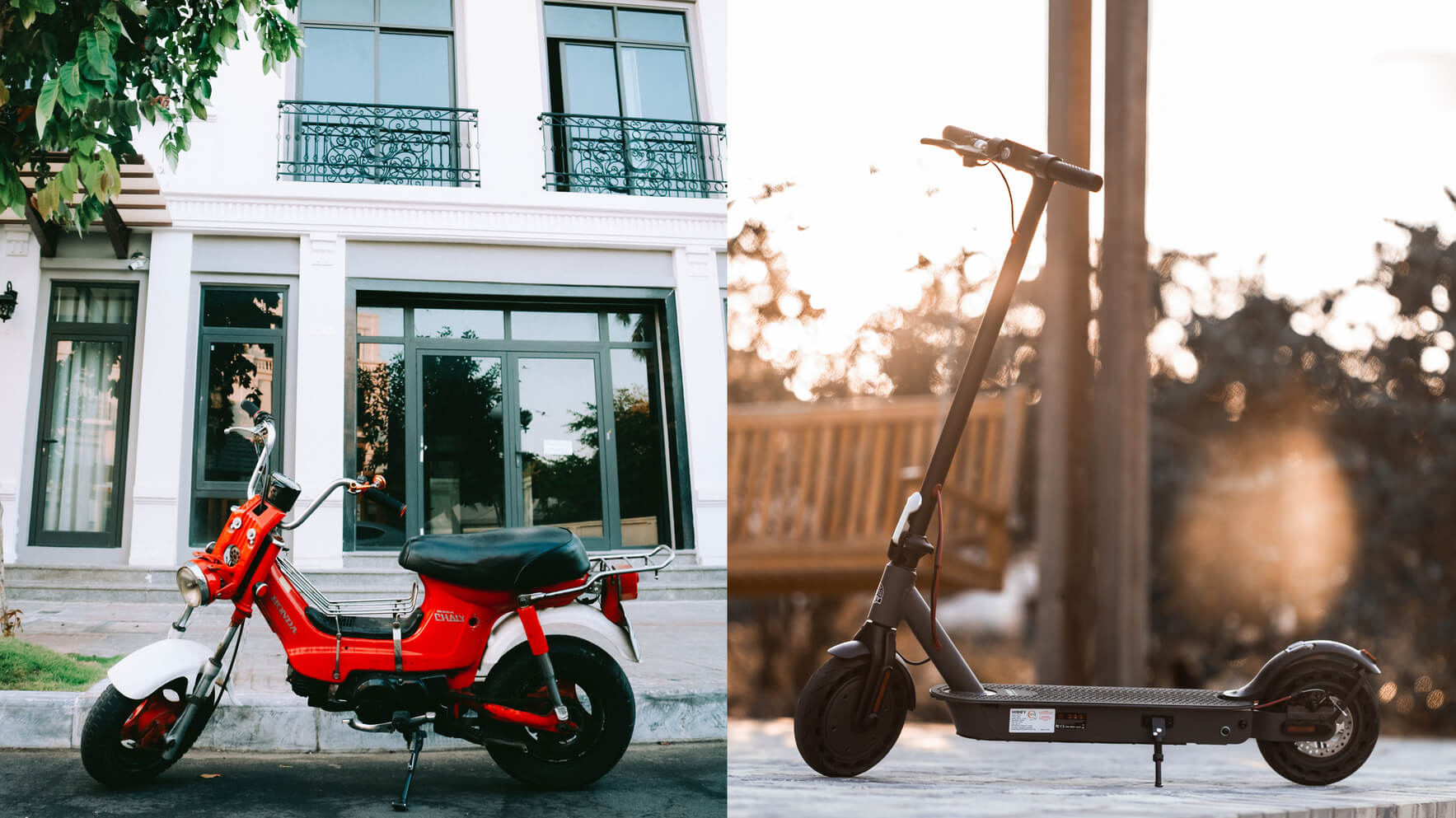
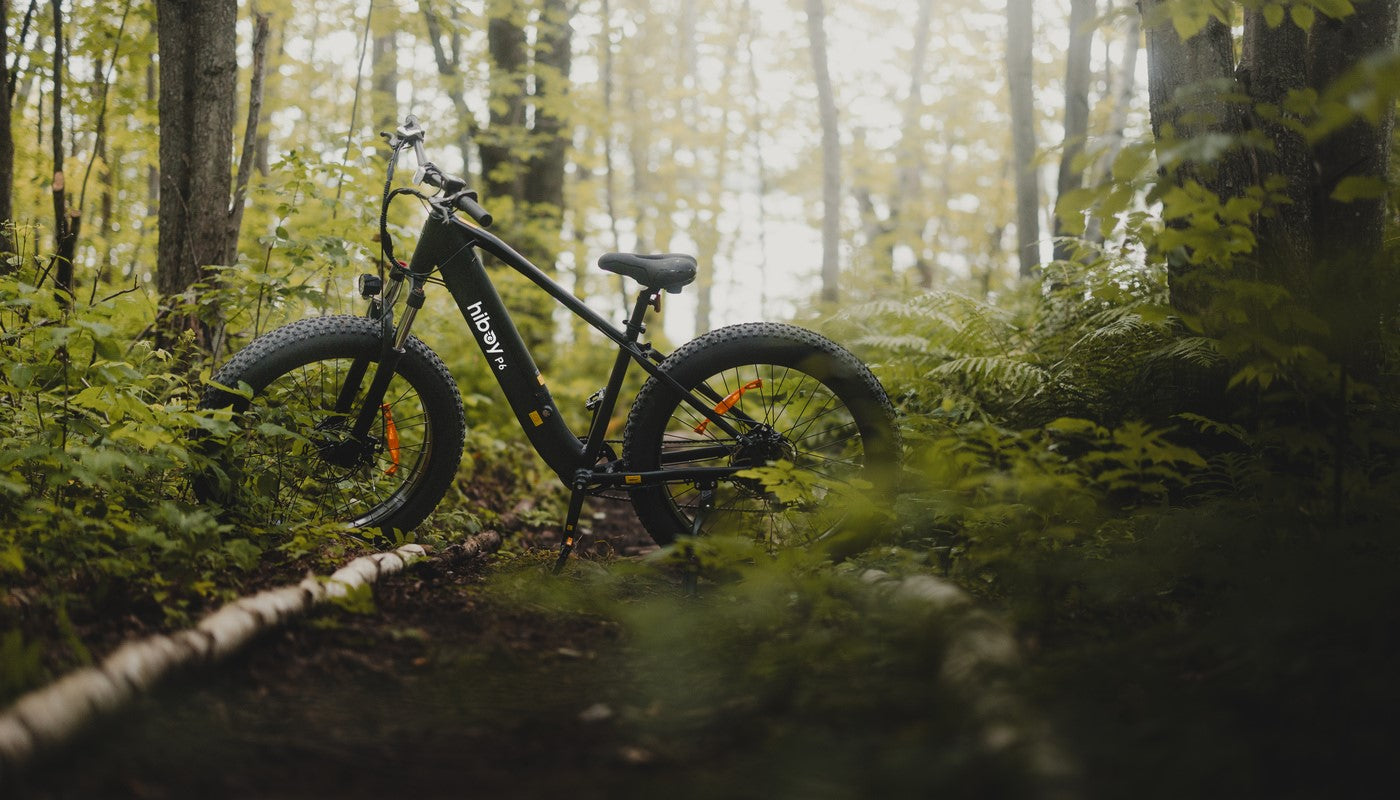
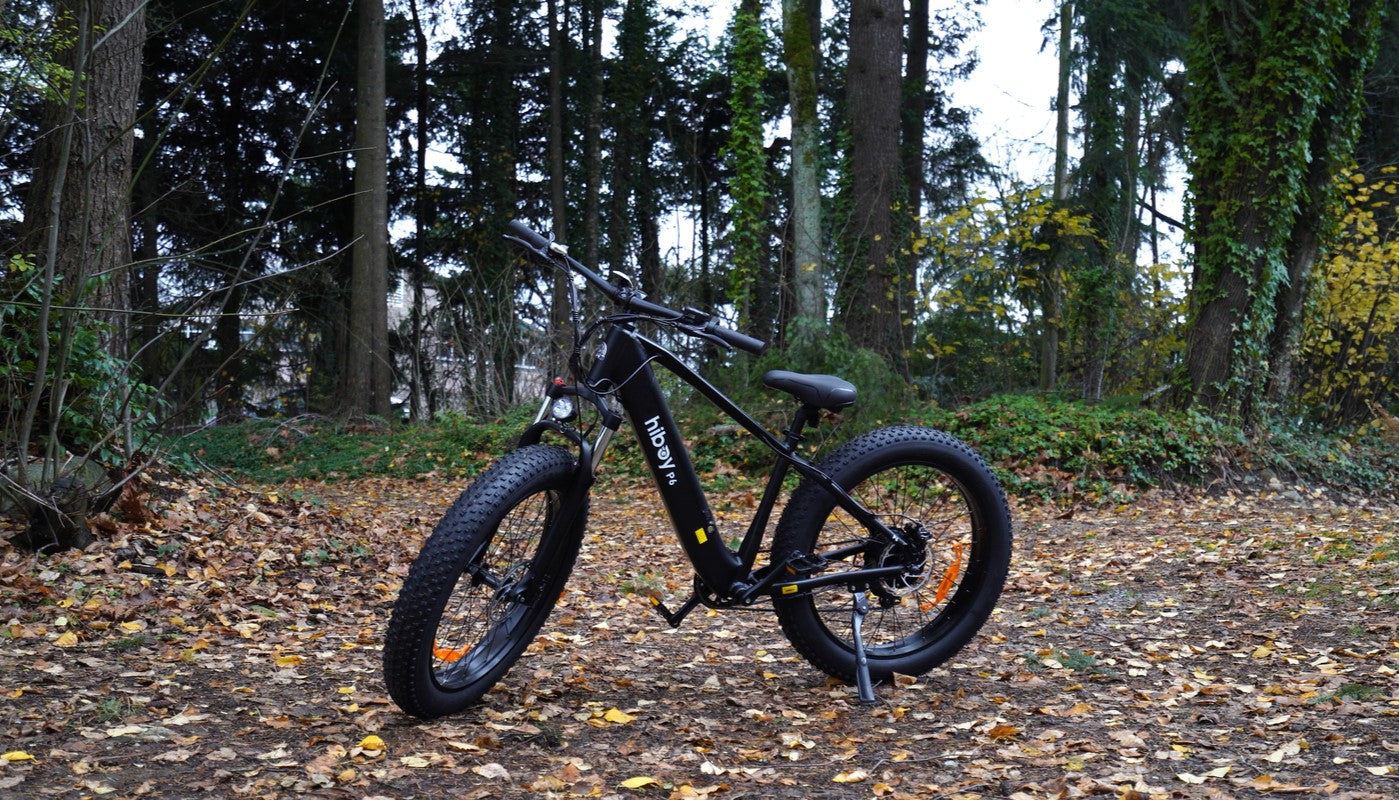






Leave a comment
All comments are moderated before being published.
This site is protected by hCaptcha and the hCaptcha Privacy Policy and Terms of Service apply.